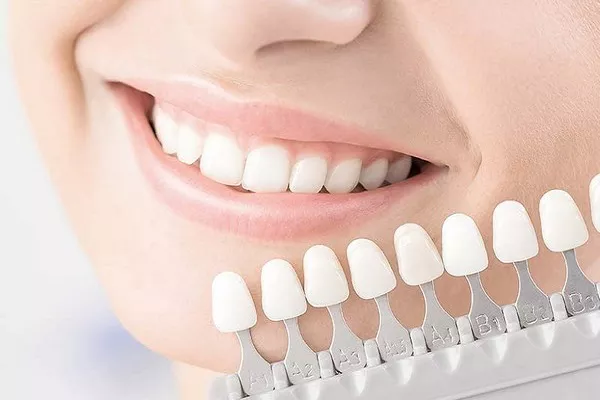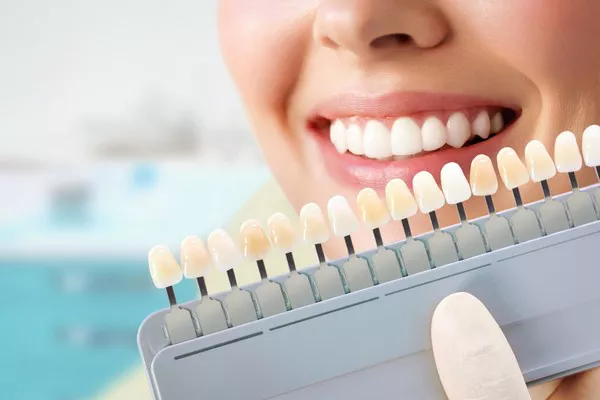Maintaining optimal oral health often involves addressing cavities and tooth decay through dental fillings. However, with various filling materials available, individuals are often faced with the question: What is the best filling for teeth? In this comprehensive article, we will delve into the characteristics of different filling materials, considerations for choosing the best option, and the factors that influence the decision-making process.
Understanding the Different Filling Materials
Dental fillings come in various materials, each with its own set of advantages, disadvantages, and aesthetic considerations. The most common filling materials include:
Amalgam Fillings:
Amalgam fillings, often referred to as silver fillings, have been a stalwart in dentistry for over a century. These fillings consist of a mixture of metals, including silver, tin, copper, and mercury. Amalgam is known for its durability, cost-effectiveness, and ability to withstand the forces of chewing. However, its silver color makes it more noticeable, which can be a consideration for those concerned about aesthetics.
Composite Fillings:
Composite fillings, also known as tooth-colored or white fillings, are made of a mixture of plastic and fine glass particles. They are aesthetically pleasing as they can be color-matched to the natural tooth. Composite fillings bond directly to the tooth, preserving more of the natural tooth structure. While they are versatile and suitable for various locations in the mouth, composite fillings may be less durable than amalgam and are more prone to staining over time.
Ceramic Fillings:
Ceramic fillings, often made of porcelain, are tooth-colored restorations known for their natural appearance and stain resistance. Ceramic fillings are durable and biocompatible, making them a popular choice for those seeking both aesthetics and functionality. However, they are more expensive than amalgam and composite fillings.
Gold Fillings:
Gold fillings, made of gold alloy, are valued for their durability, strength, and biocompatibility. Gold is a highly malleable material, allowing for precise fitting and adaptation to the tooth structure. While gold fillings are the most expensive option, they have a long track record of success and longevity.
Choosing the Best Filling: Considerations and Factors
The choice of the best filling for teeth depends on a variety of factors, and it’s essential to consider each aspect to make an informed decision. Here are key considerations to keep in mind:
Location of the Tooth:
The location of the tooth requiring a filling can influence the choice of filling material. Front teeth, more visible when smiling, may benefit from tooth-colored fillings for aesthetic reasons. Back teeth, where chewing forces are greater, may be better suited for materials like amalgam or gold known for their strength.
Aesthetic Preferences:
Aesthetic considerations play a significant role, especially for visible teeth. Individuals who prioritize a natural appearance may opt for tooth-colored fillings (composite or ceramic) to blend seamlessly with the surrounding teeth.
Durability and Longevity:
The durability of the filling material is a crucial factor. Amalgam and gold fillings are known for their longevity and resistance to wear, making them suitable for posterior teeth subjected to substantial chewing forces. Composite and ceramic fillings, while durable, may have a shorter lifespan and may be more prone to wear and tear.
Cost Considerations:
Cost is a practical consideration for many individuals. Amalgam fillings are generally the most cost-effective, making them a popular choice for budget-conscious individuals. Composite and ceramic fillings tend to be more expensive due to their aesthetics and material properties.
Allergies and Sensitivities:
Some individuals may have allergies or sensitivities to certain filling materials. For example, while amalgam contains a small amount of mercury, it has been deemed safe for use in dental restorations by various health organizations. However, individuals with specific concerns may opt for alternative materials like composite or ceramic.
Tooth Preservation:
The extent of tooth preservation is a consideration, especially for minimally invasive dentistry. Composite fillings require less removal of healthy tooth structure during placement, making them a conservative option. Ceramic fillings also offer excellent tooth preservation.
Insurance Coverage:
Dental insurance coverage may influence the choice of filling material. Insurance plans often cover basic restorative procedures like fillings, but coverage levels may vary based on the type of filling material chosen. Individuals should check their insurance policies to understand coverage percentages and any limitations.
Patient Age and Oral Habits:
The patient’s age and oral habits can impact the choice of filling material. For children or individuals with a history of teeth grinding (bruxism), durable materials like amalgam or gold may be preferable in areas prone to excessive forces.
Comparing Filling Materials: Pros and Cons
To provide a more detailed understanding, let’s explore the pros and cons of each filling material:
Amalgam Fillings:
Pros:
- Durable and long-lasting.
- Cost-effective.
- Well-established track record.
- Strong and suitable for posterior teeth.
Cons:
- Noticeable silver color.
- Requires more removal of healthy tooth structure.
- May cause minor sensitivity initially.
Composite Fillings:
Pros:
- Aesthetic, as they can be color-matched to natural teeth.
- Bond directly to the tooth, preserving more structure.
- Versatile and suitable for various locations.
- Minimal tooth removal during placement.
Cons:
- Less durable than amalgam or gold.
- More prone to wear and staining.
- Slightly higher cost than amalgam.
Ceramic Fillings:
Pros:
- Aesthetic, with natural tooth color and translucency.
- Durable and resistant to staining.
- Excellent biocompatibility.
- Minimal tooth removal during placement.
Cons:
- More expensive than amalgam and composite.
- May require more than one dental visit for placement.
Gold Fillings:
Pros:
- Exceptional durability and longevity.
- Biocompatible and well-tolerated.
- Precise fitting to the tooth structure.
- Minimal tooth removal during placement.
Cons:
- Highest cost among filling options.
- Noticeable gold color, which may not be preferred aesthetically.
- Making an Informed Decision
Ultimately, the choice of the best filling for teeth is a personalized decision that should consider a combination of factors, including the individual’s oral health needs, aesthetic preferences, budget considerations, and the dentist’s recommendations. A collaborative discussion between the patient and dentist is essential to determine the most suitable filling material for each specific case.
It’s important to note that advancements in dental materials continue to improve the performance and aesthetics of fillings. Dentists may recommend specific materials based on the unique characteristics of each tooth and the patient’s overall oral health.
Conclusion
In conclusion, the quest for the best filling for teeth involves a thoughtful consideration of various factors, ranging from the location of the tooth to aesthetic preferences, durability, cost, and more. Each filling material has its own set of advantages and considerations, and the decision should align with the individual’s oral health goals and preferences.
Regular communication with a trusted dentist, routine dental check-ups, and a commitment to good oral hygiene practices contribute to the long-term success of dental fillings, regardless of the chosen material. By making informed decisions and prioritizing oral health, individuals can maintain strong, functional, and aesthetically pleasing smiles for years to come.





























